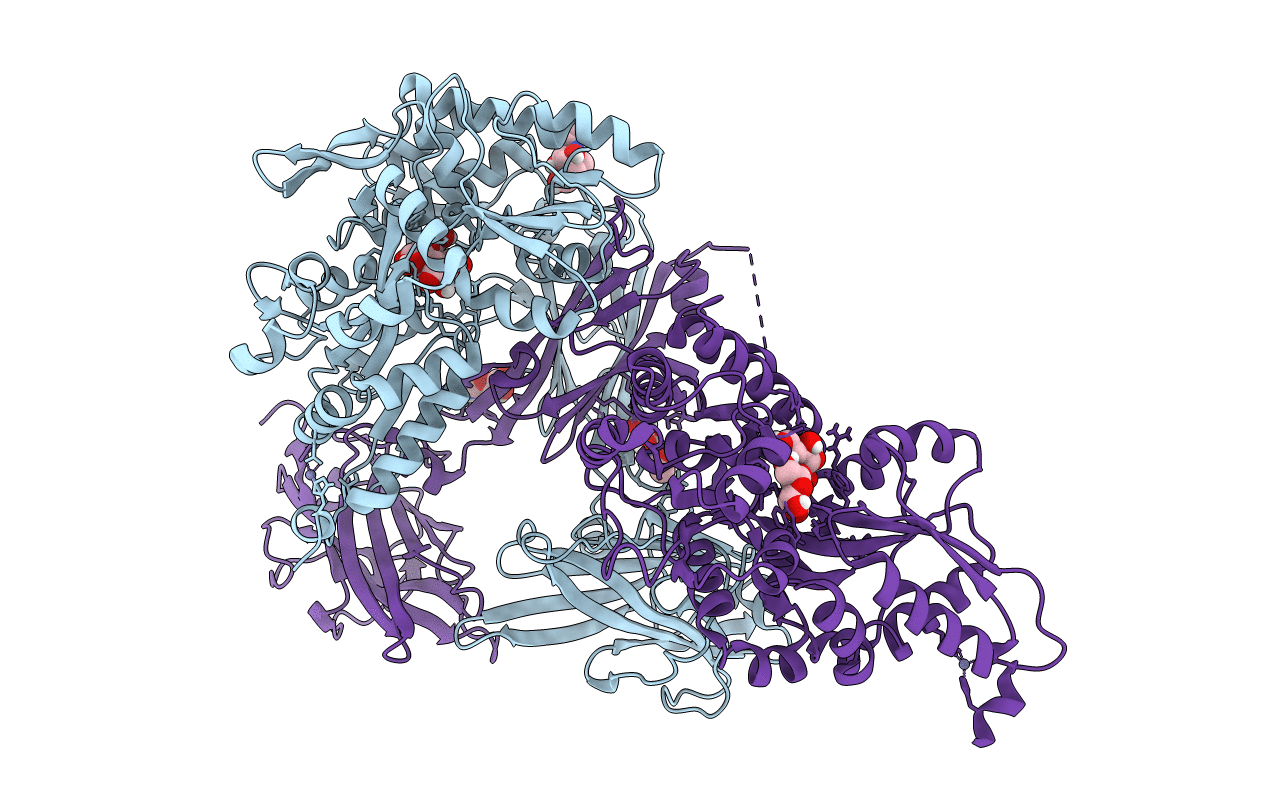
Deposition Date
2014-10-24
Release Date
2016-01-27
Last Version Date
2024-11-20
Entry Detail
PDB ID:
4WRN
Keywords:
Title:
Crystal structure of the polymerization region of human uromodulin/Tamm-Horsfall protein
Biological Source:
Source Organism:
Escherichia coli O157:H7 (Taxon ID: 83334)
Homo sapiens (Taxon ID: 9606)
Homo sapiens (Taxon ID: 9606)
Host Organism:
Method Details:
Experimental Method:
Resolution:
3.20 Å
R-Value Free:
0.24
R-Value Work:
0.22
R-Value Observed:
0.22
Space Group:
H 3 2


